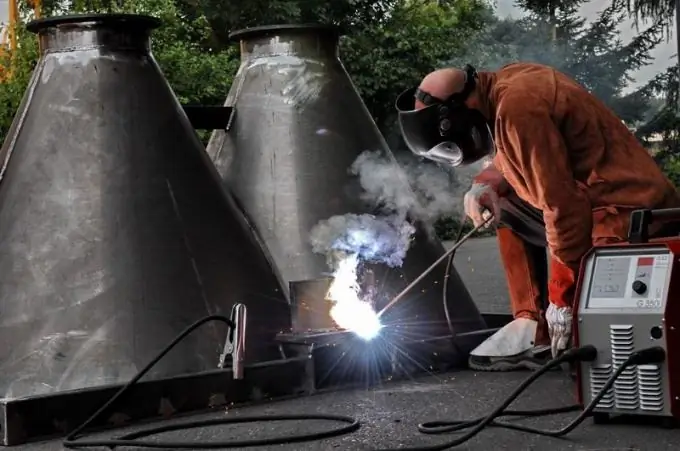Transformers are a thing of the past long ago. Now they are being replaced by welding inverters. They allow you to quickly and efficiently weld metal parts and structures. Typically, inverters are used as a power source for fusion arc welding machines. The use of this type of apparatus is famous for the fact that, thanks to the constant characteristics of the welding current and its stability, an excellent seam quality is achieved, which guarantees a strong and reliable metal connection.

What is inverter welding? Strictly speaking, it is a process using a circuit, system, or some device that generates an alternating voltage when a DC source is connected. More specifically, this type of welding is a process of working with an inverter, traditionally it is manual arc welding.
The general scheme of such welding consists of a mains filter, a mains rectifier, a frequency converter, a high-frequency transformer, a power rectifier and a control system.
Of course, one machine is not enough to weld metal, you also need accessories - a mask, holders and, of course, electrodes. No work is possible without them. There are three types of electrodes for inverter welding - carbon, alloyed and high-alloyed.
The main advantages of inverter welding are:
- easy and fast ignition, stable burning of the arc, good elasticity;
- high quality welding seam;
- energy saving;
-high efficiency;
- fluctuations in the supply voltage do not affect the welding parameters;
- lightness and mobility.
Of course, inverter welding also has disadvantages: the devices used during operation, like any other electronics, do not like water, dust and frost very much. Therefore, you need to store inverter welding in a dry and warm enough room. It is also important to regularly open the housing and blow out the components of the apparatus with compressed air.







